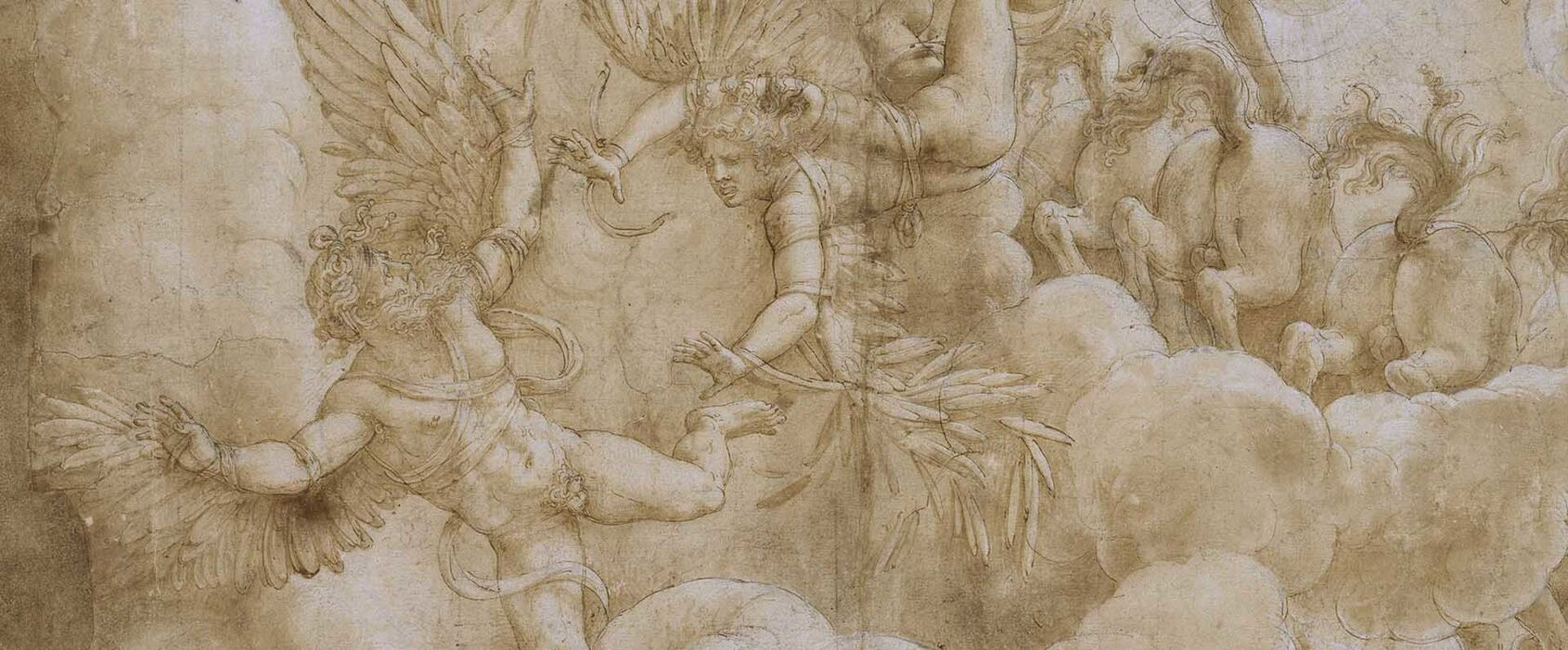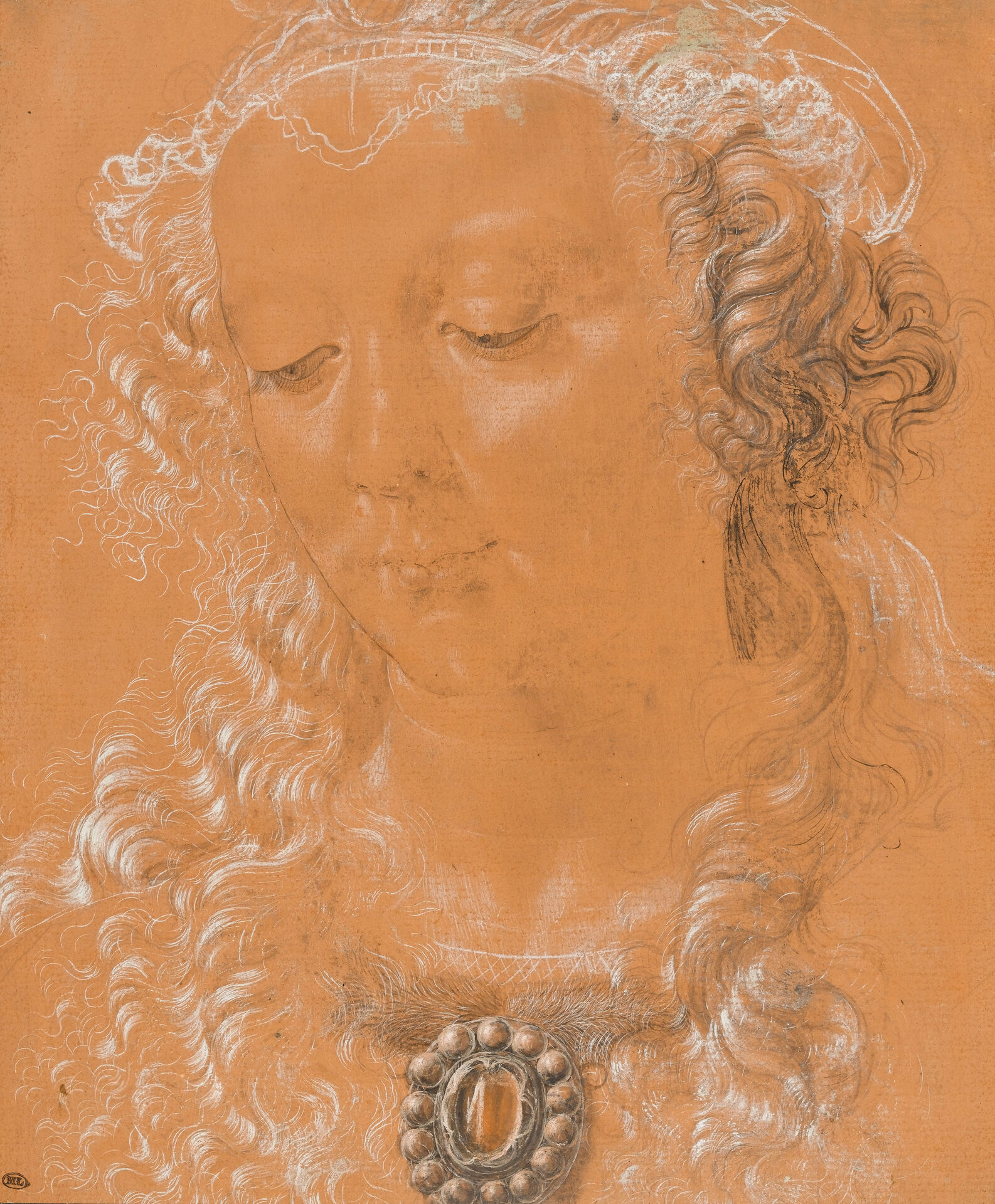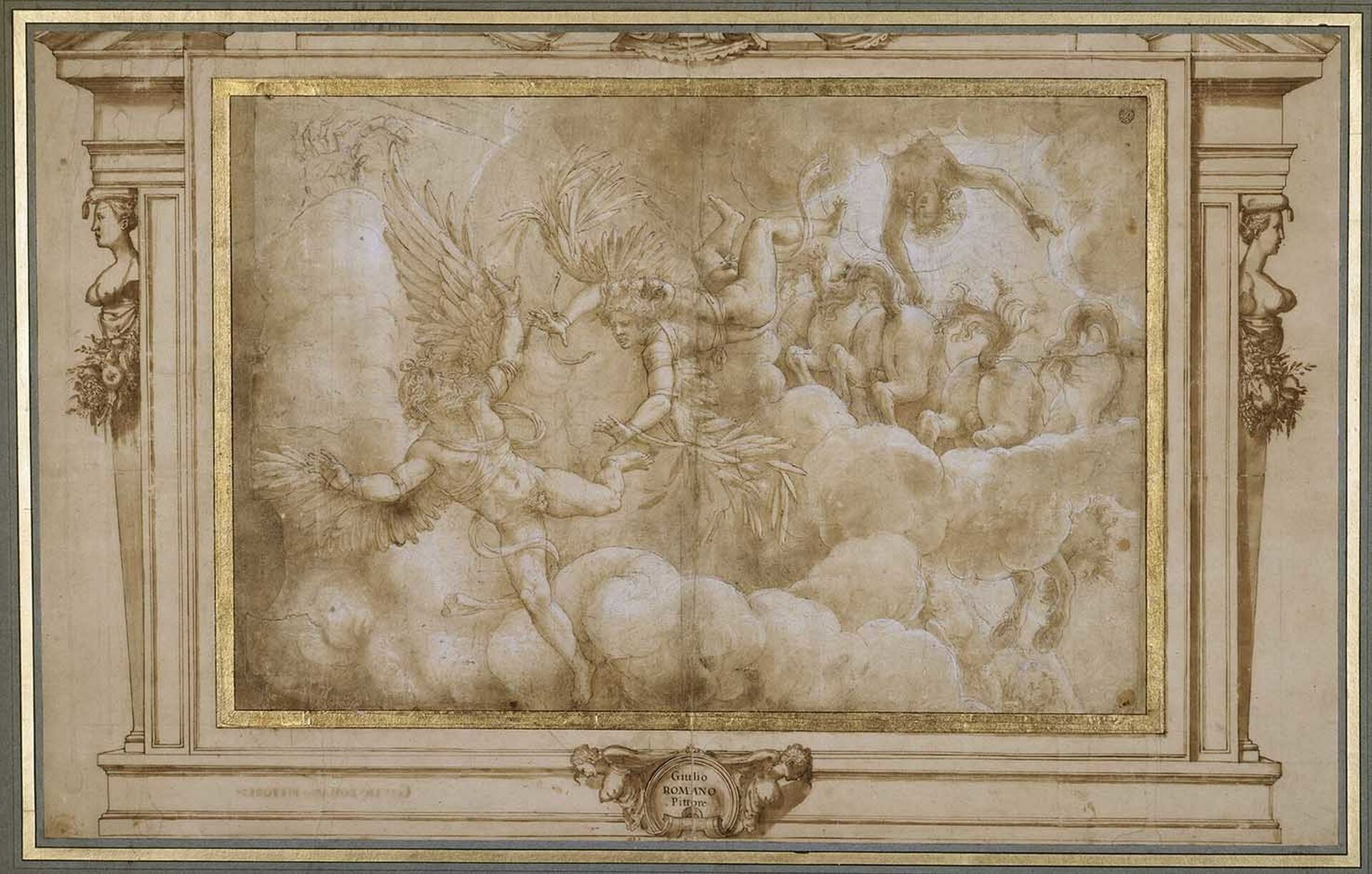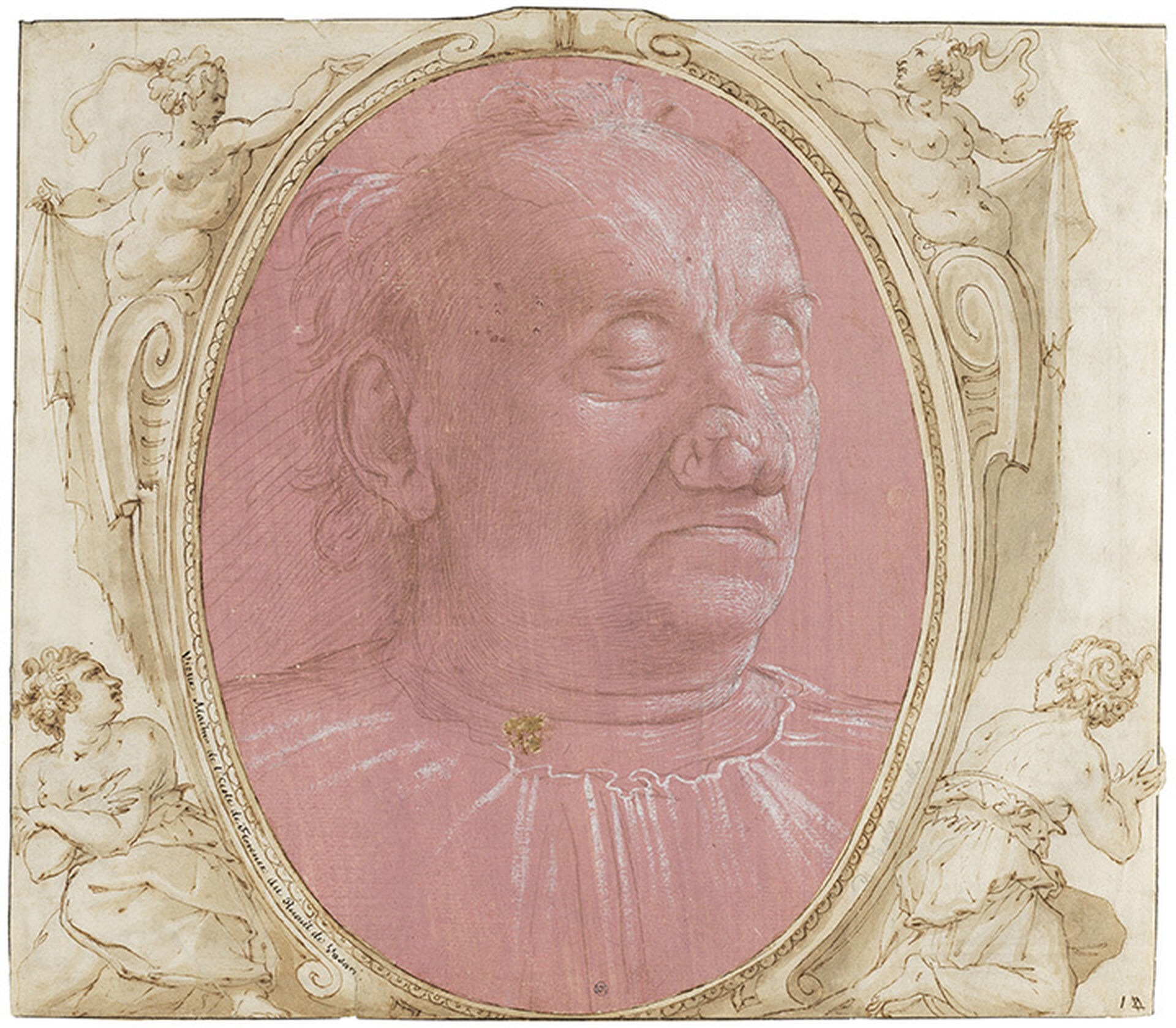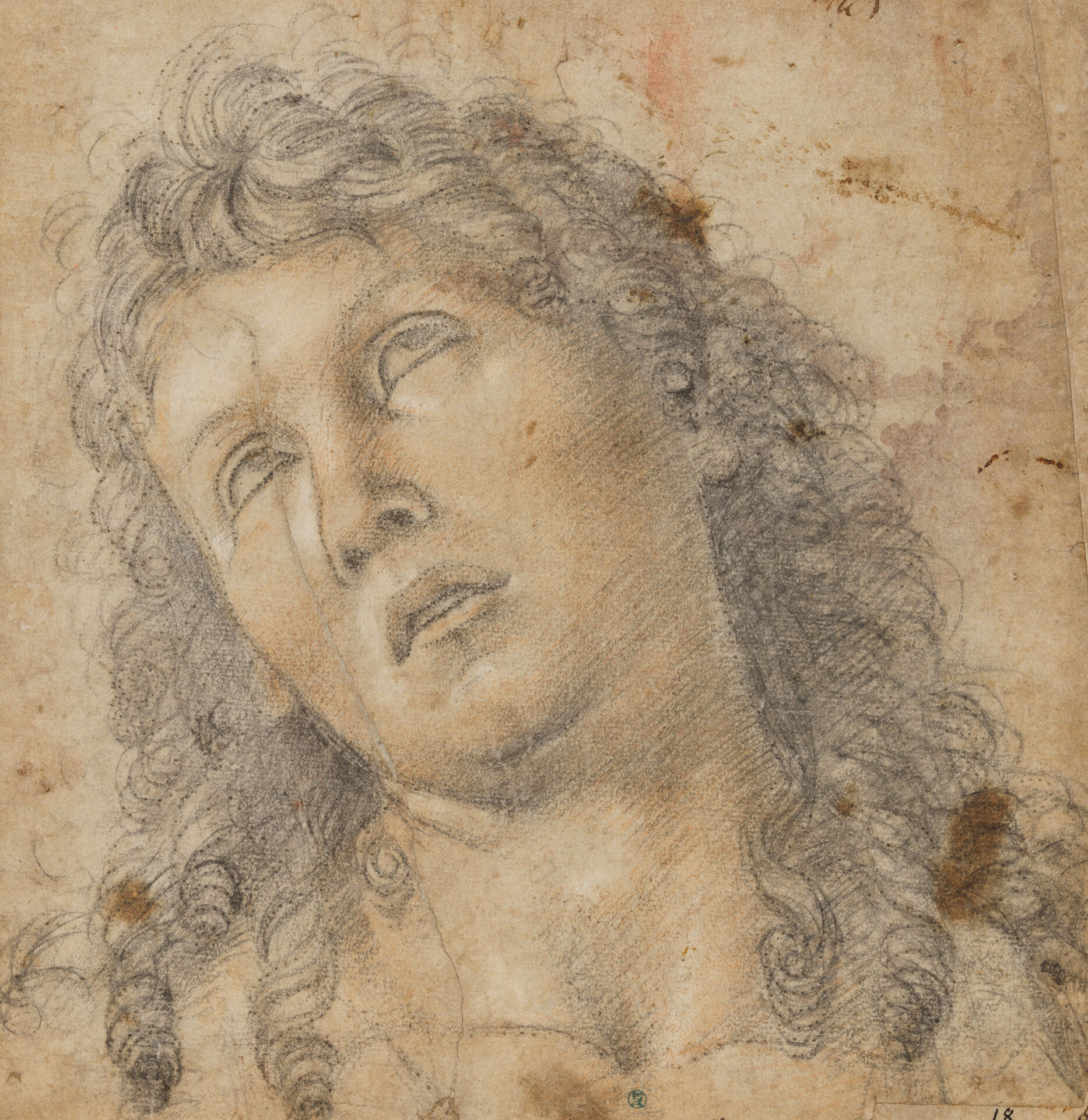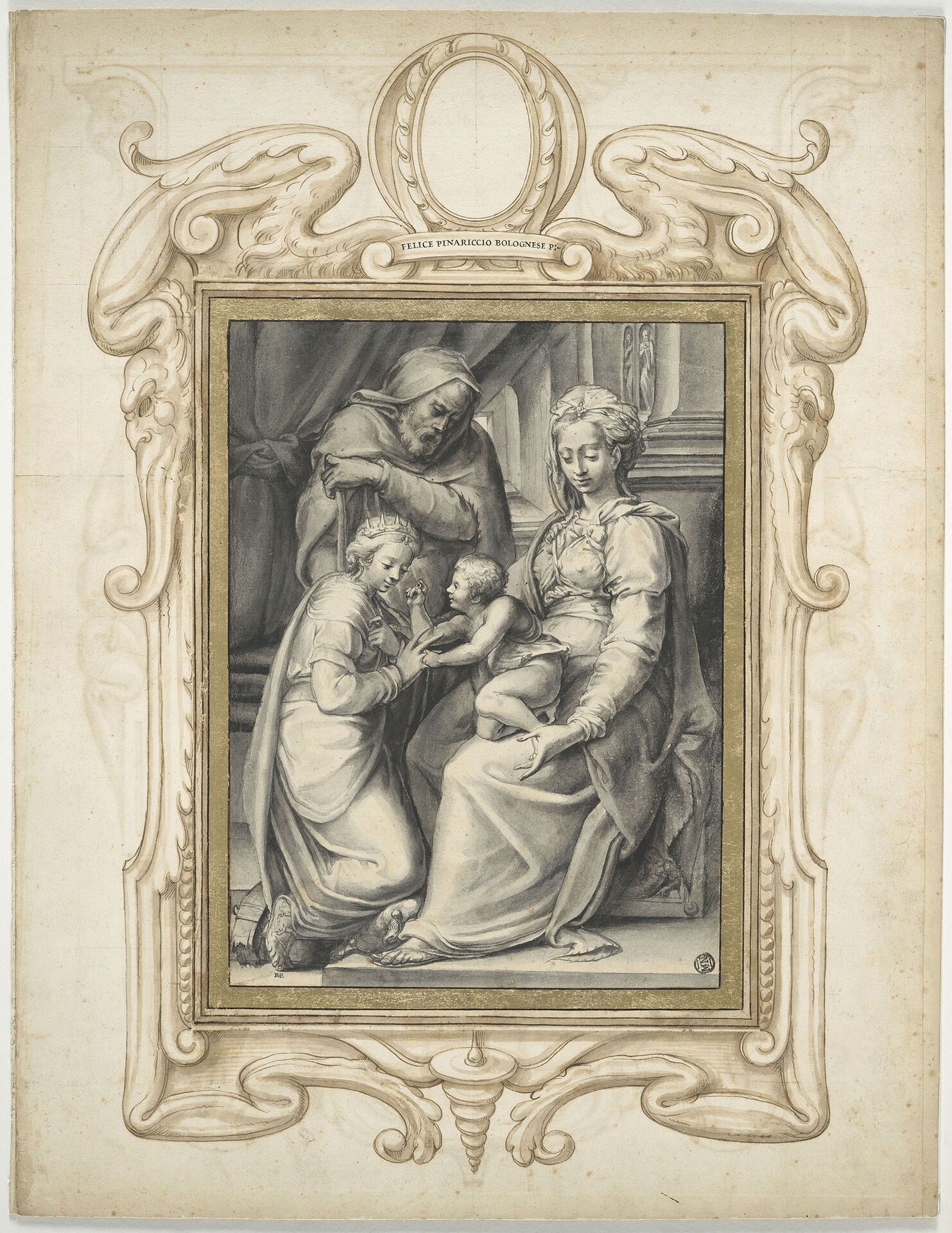This exhibition, coproduced with the Louvre in Paris, focused on Giorgio Vasari’s legendary collection of drawings by Italian artists spanning the period from the 14th to the late 16th century. But is it certain that all drawings are from Vasari? What is myth and what is fact? Visitors could follow us along on a scientific journey of discovery that has led experts to reassess two significant collections of drawings.
Giorgio Vasari, one of the most prominent cultural figures in 16th-century Italy, made his name as an artist, architect and author of the book Lives of the Most Eminent Painters, Sculptors and Architects, considered as the foundation stone of modern art history. Equally famous is Giorgio Vasari’s large collection of drawings by Italian artists spanning the period from the 14th to the late 16th century – the first collection structured on historical principles.
In Lives of the Most Eminent Painters, Sculptors and Architects, Vasari describes how he began his collecting career at a young age when, in 1528, he had the opportunity to acquire some drawings from the studio of Lorenzo Ghiberti, a Florentine sculptor. The idea of compiling an album of drawings that could serve as a visual complement to the biographies in the book came about when Vasari started work on the second edition, published in Florence in 1568.
What distinguishes this second edition is Vasari’s detailed descriptions of the drawings in his collection, which were the work of the artists profiled in the biographical texts. The drawings provided study material for the book and were kept in an album, which the author referred to as il nostro Libro de’ disegni (‘our book of drawings’). After Vasari’s death in 1574, his heirs presented the album as a gift to Francesco I de’ Medici, Grand Duke of Tuscany, after which it vanished from sight. Its contents were dispersed and can be found today in public and private collections around the world.
The exhibition was based on the latest research and the many new questions it has given rise to among art historians and collectors. Visitors could follow along on a scientific journey of discovery that has led experts to reassess two significant collections of drawings. According to tradition, the drawings included in Vasari’s collection were mounted in a particular kind of ornamental frame drawn in ink with pen and brush – a hallmark used to identify individual pages. However, research in recent decades has called into question the attribution of many of these mounts to Vasari, pointing to features that may instead be associated with Niccolò Gaddi, a major Florentine art collector of the time.
The objective was to shed new light on a time and place that marked a turning point in European art history. Works from Nationalmuseum’s own collection formed the core of the exhibition and were complemented by a large number of significant works on international loan. The exhibition appeared at the Louvre in Paris it was on show to Swedish audiences. The emphasis was on drawings that can be linked to either Vasari’s or Gaddi’s collection, but in Stockholm a small number of sculptures described in Vasari’s Lives were also exhibited.
Exhibition curators: Carina Fryklund, Nationalmuseum, and Louis Frank, The Louvre
